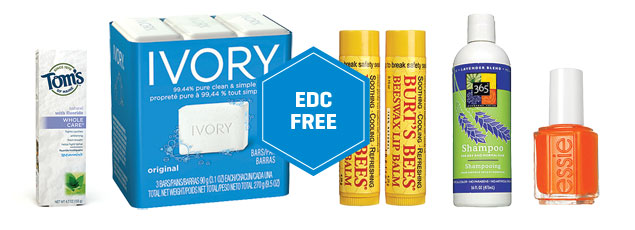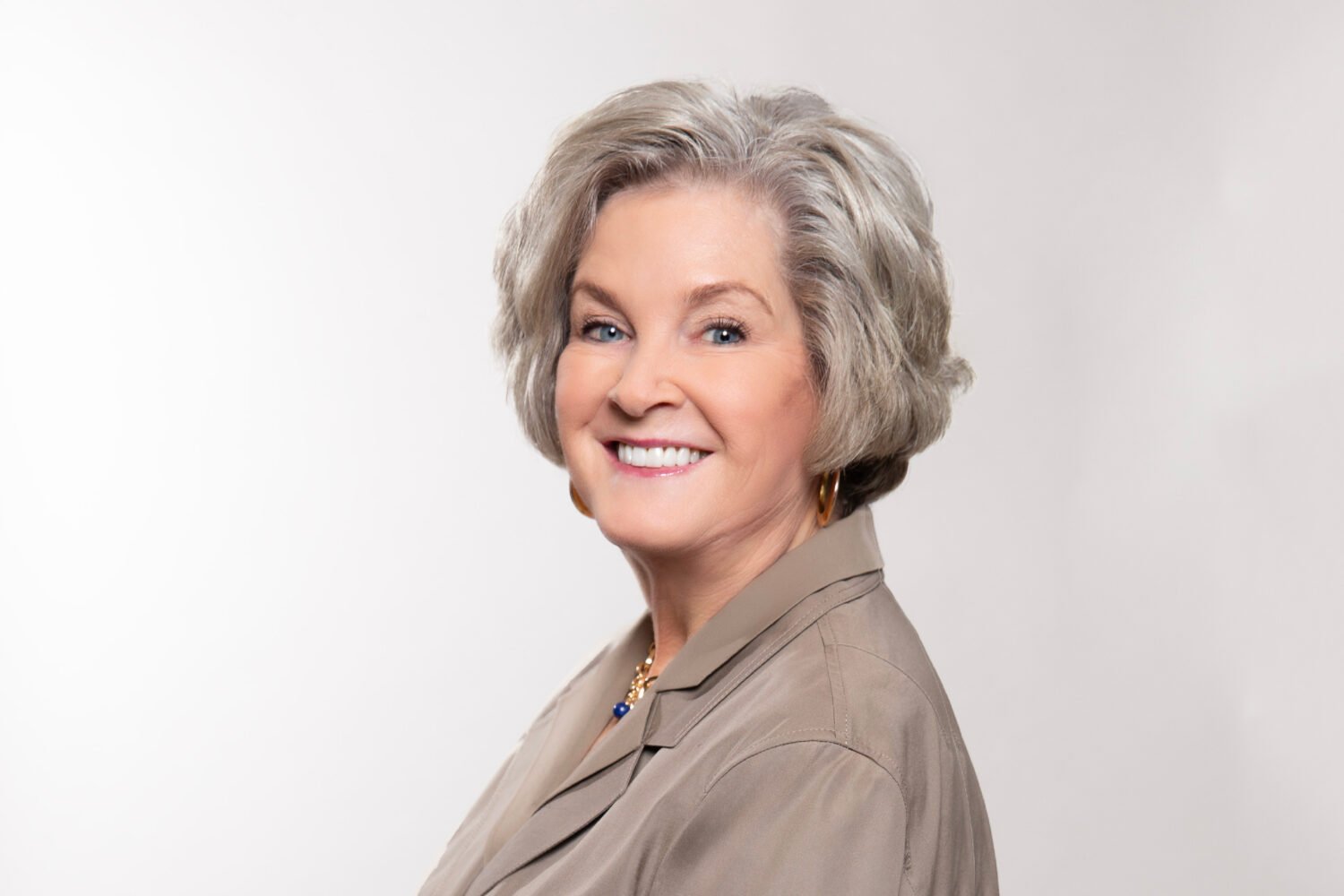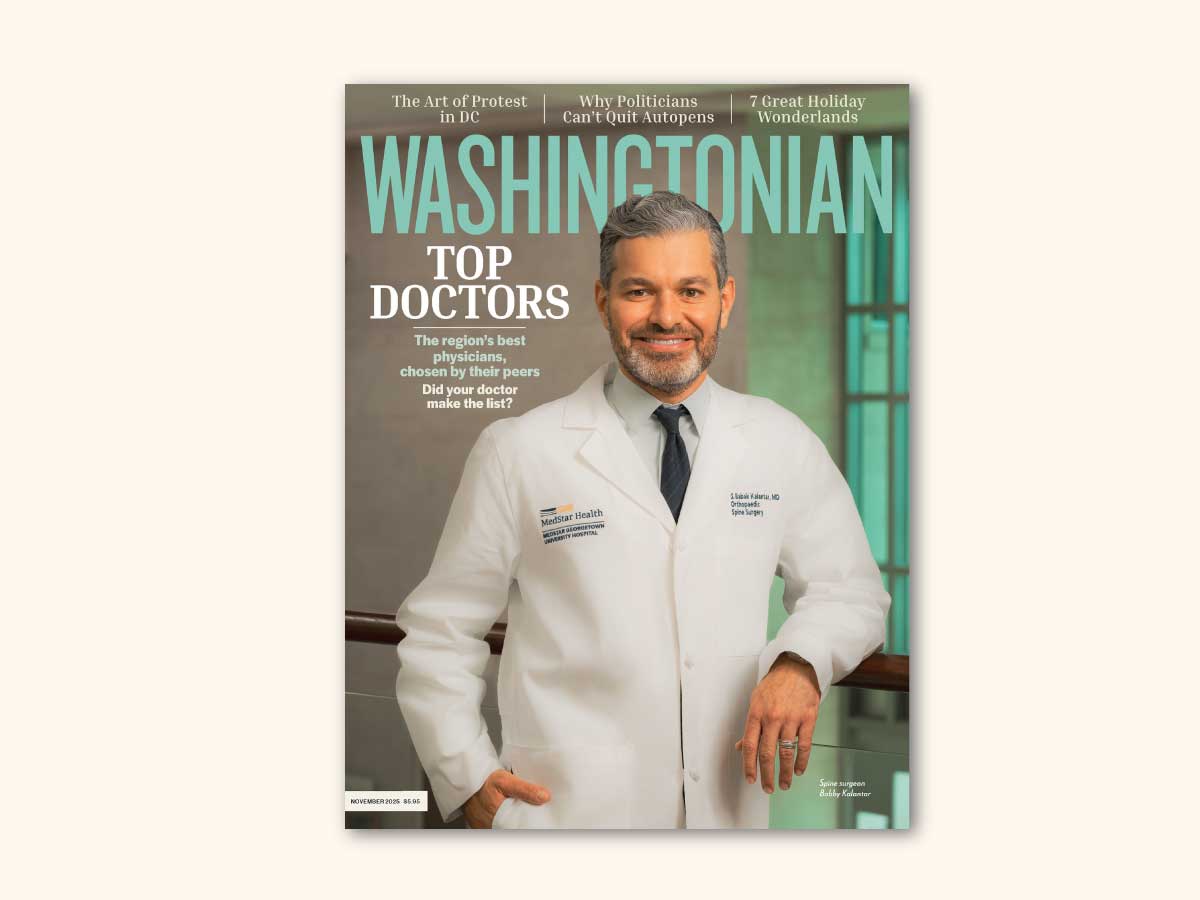Endocrine-disrupting compounds are byproducts of chemicals found in items people use daily—household cleansers, medications, soaps, cosmetics. When these go down the drain, they can release EDCs that can remain in the water coming out of your tap, even after it’s treated. Chemicals that contain EDCs may keep nail polish from chipping or hair spray from causing stiffness. Some are components of pill casings; others help toothpastes and soaps kill bacteria. Their positive effects are well known, but they may do more long-term harm than good. Most people don’t know that the products they use contain these chemicals, and alternatives almost always exist. Companies have begun offering products without EDCs. The following EDCs are commonly found in cosmetics.

Chemicals: Phthalates, including dibutyl
phthalates (DBPs) and diethyl pthalates (DEPs), many of which are banned
in Europe.
Commonly found in: Nail polish, hair spray,
perfumes, coatings for medications and nutritional
supplements.
Included because: They help plasticize
cosmetic products, making hair spray flexible, nail polish chip-resistant,
and perfumes durable.
Products containing phthalates: Cosmetic
companies don’t have to list fragrances’ ingredients, as they’re
considered trade secrets, but any product that doesn’t tout its
phthalate-free ingredients can be considered suspect.
Some products that don’t contain them: Essie
and Orly nail polish, Burt’s Bees lip balm, Origins skin-care products,
Physicians Formula moisturizer and foundation, Whole Foods 365 shampoo and
body products.
Tips: The term “fragrance” on an ingredient
label is considered by some to be a tip-off that the product contains
phthalates. In general, the more “natural” or organic the product, the
less toxic its byproducts.
Commonly found in: Antibacterial and
antimicrobial products, including soaps and toothpastes.
Included because: They kill bacteria and/or
microbes.
Some products containing
triclosan/triclocarban: Dial Complete liquid soap, Neutrogena
Body Clear body wash, Colgate Total toothpaste.
Some products that don’t contain them: Ivory
and Lush soaps, Tom’s of Maine and Listerine Essential Care dental
products.
Tip: According to the US Department of
Agriculture, cosmetic products that are certified organic can be assumed
not to contain these ingredients. The USDA’s “organic” seal indicates that
the product’s creation “relies on natural substances and physical,
mechanical, or biologically based farming methods to the fullest extent
possible” and that any synthetic substance used has been “approved
according to criteria that examine its effects on human health and the
environment.”
Go back to What’s In the Water We Drink?
This article appears in the July 2012 issue of The Washingtonian.

















